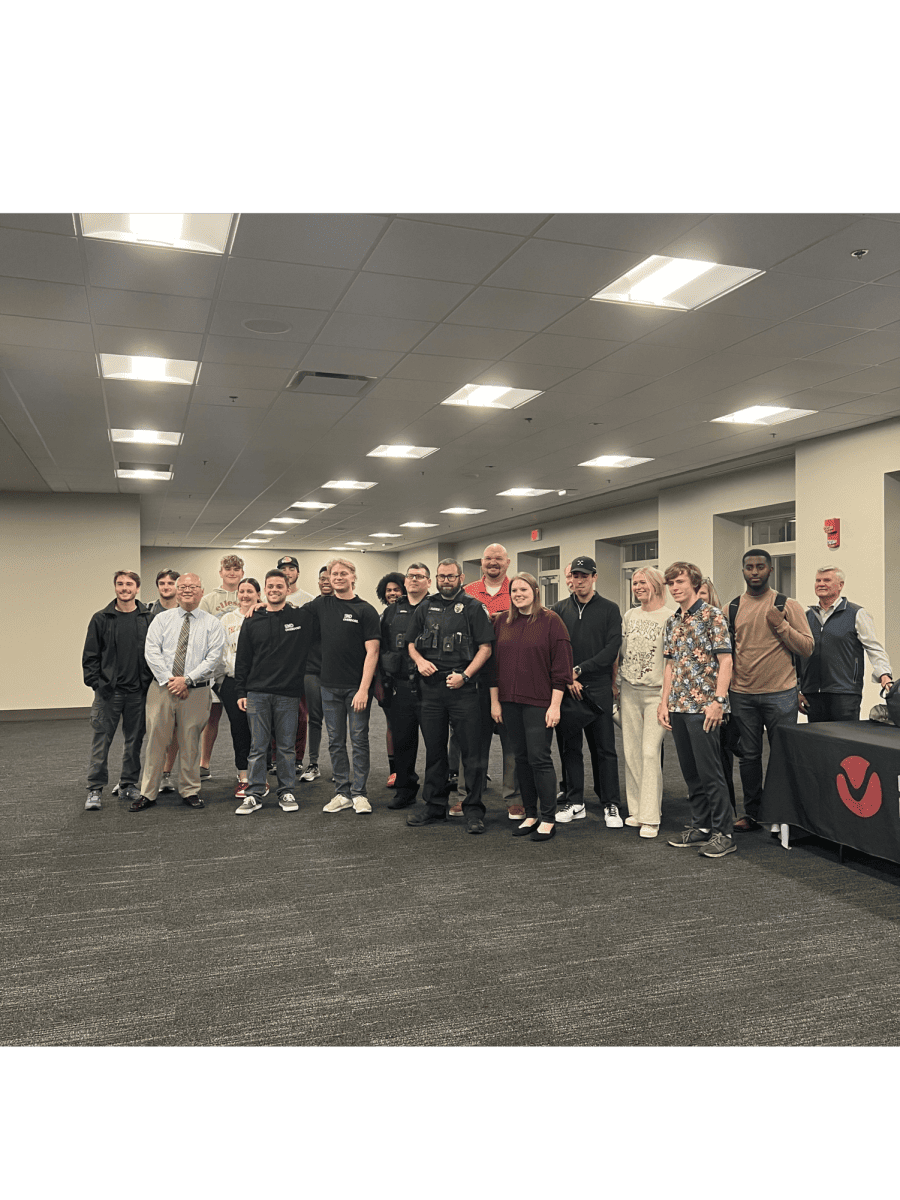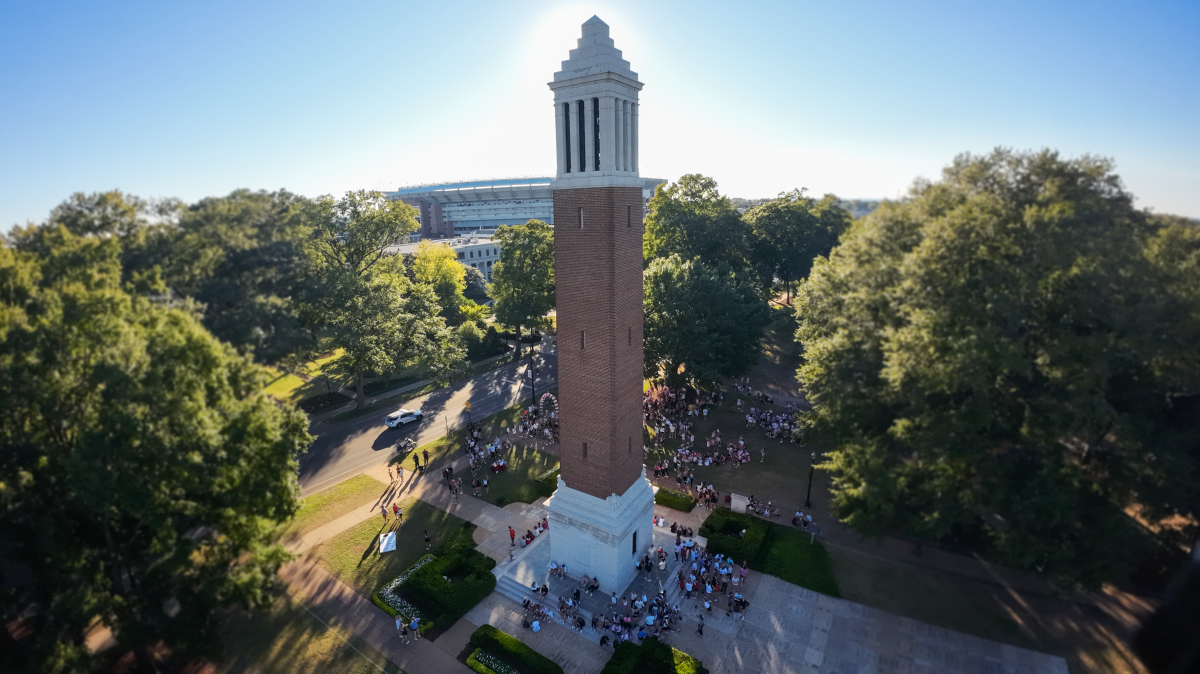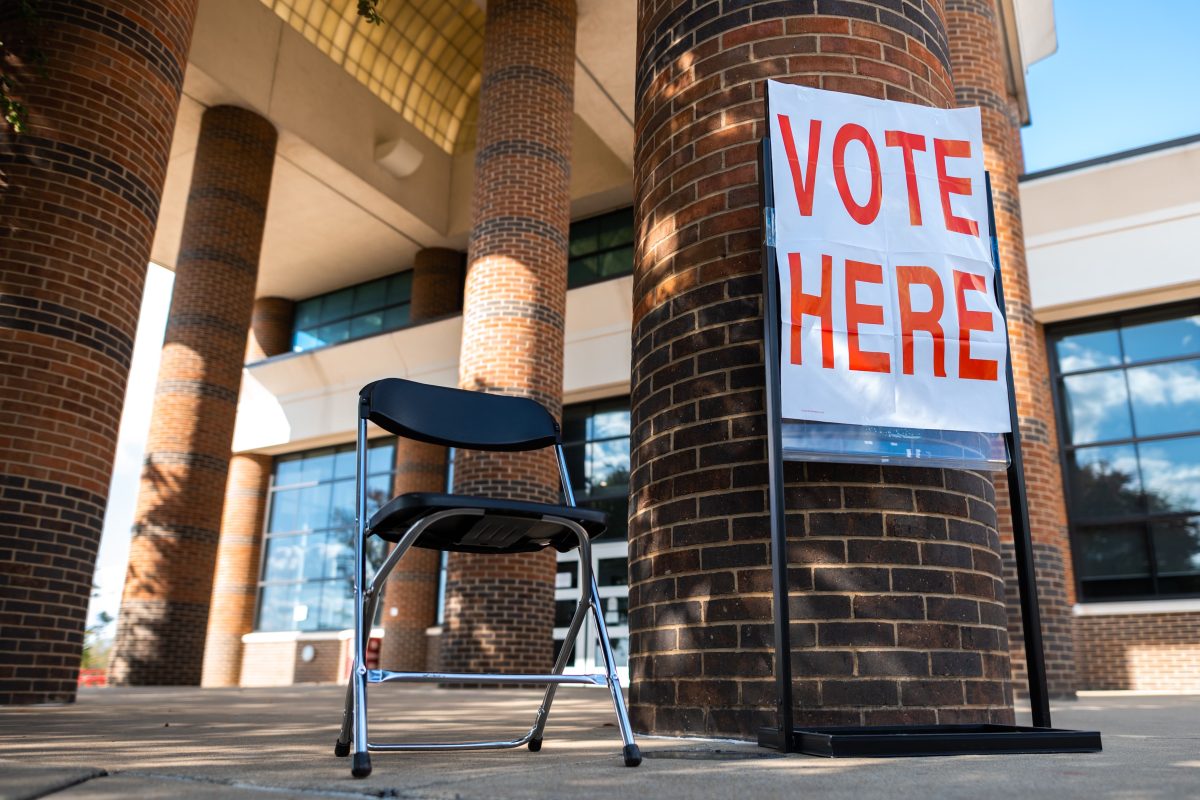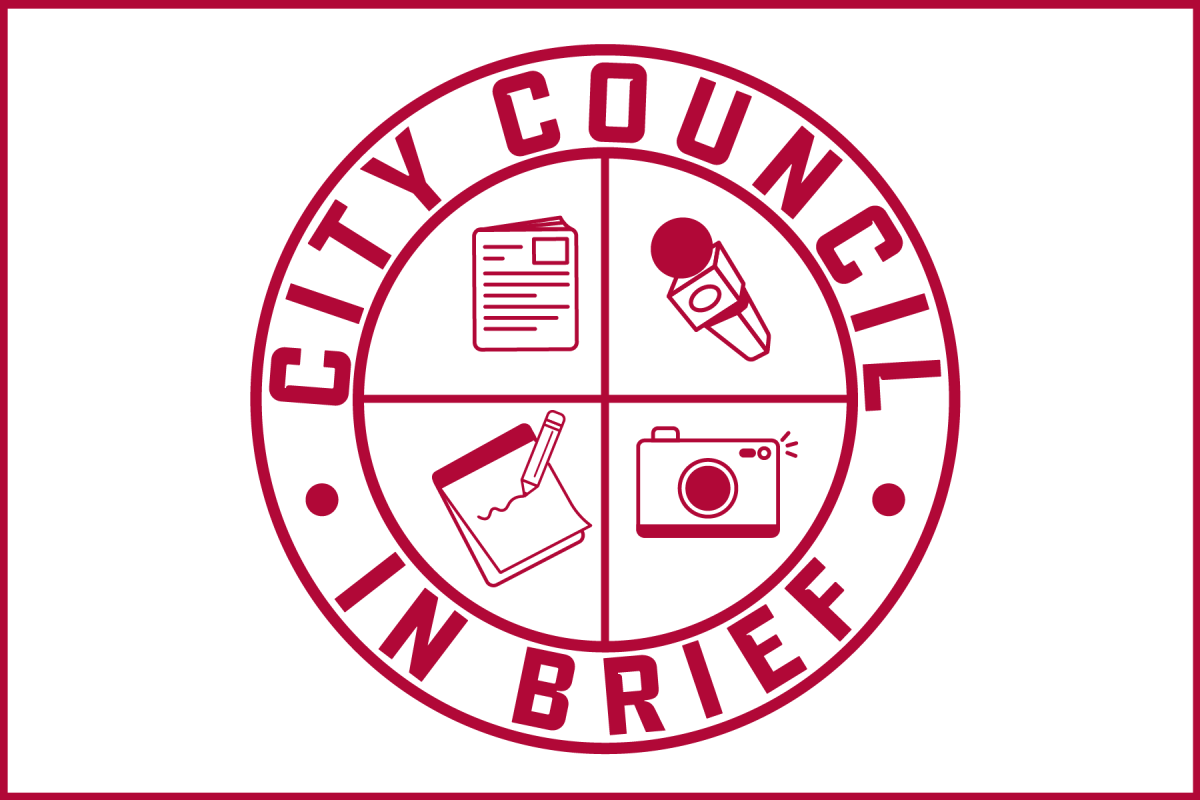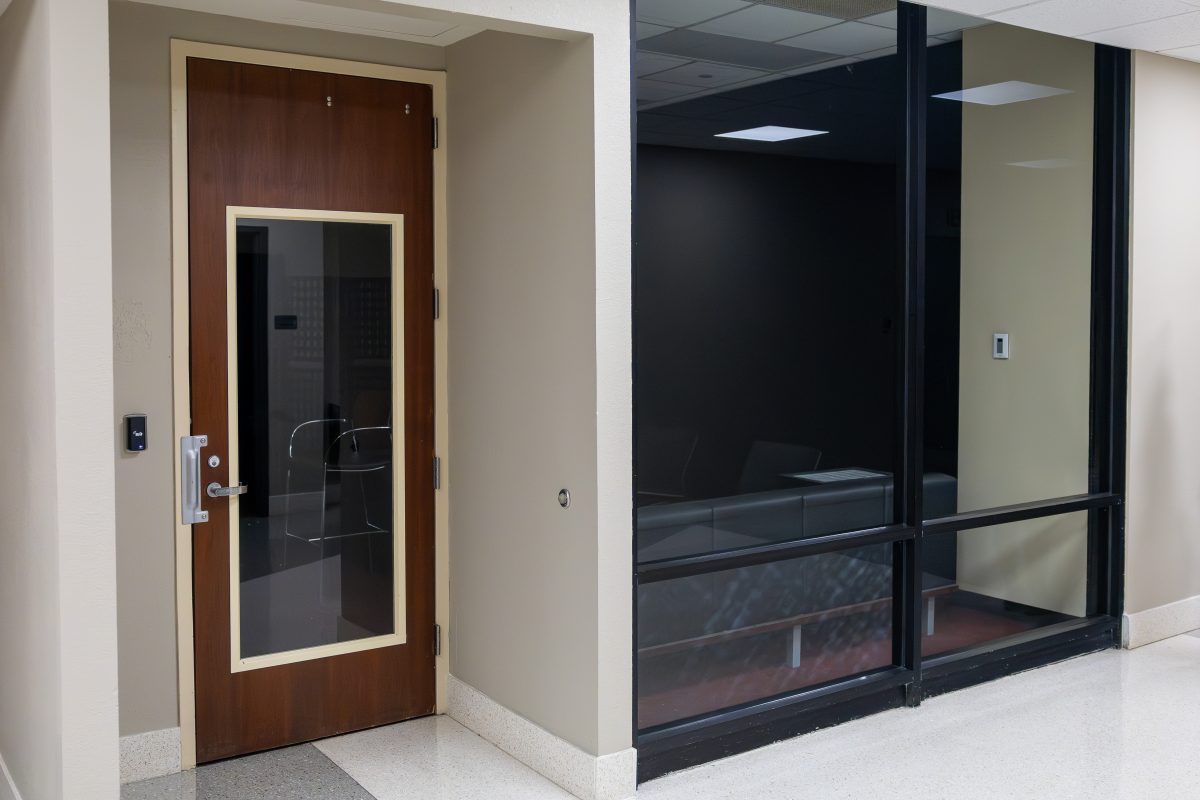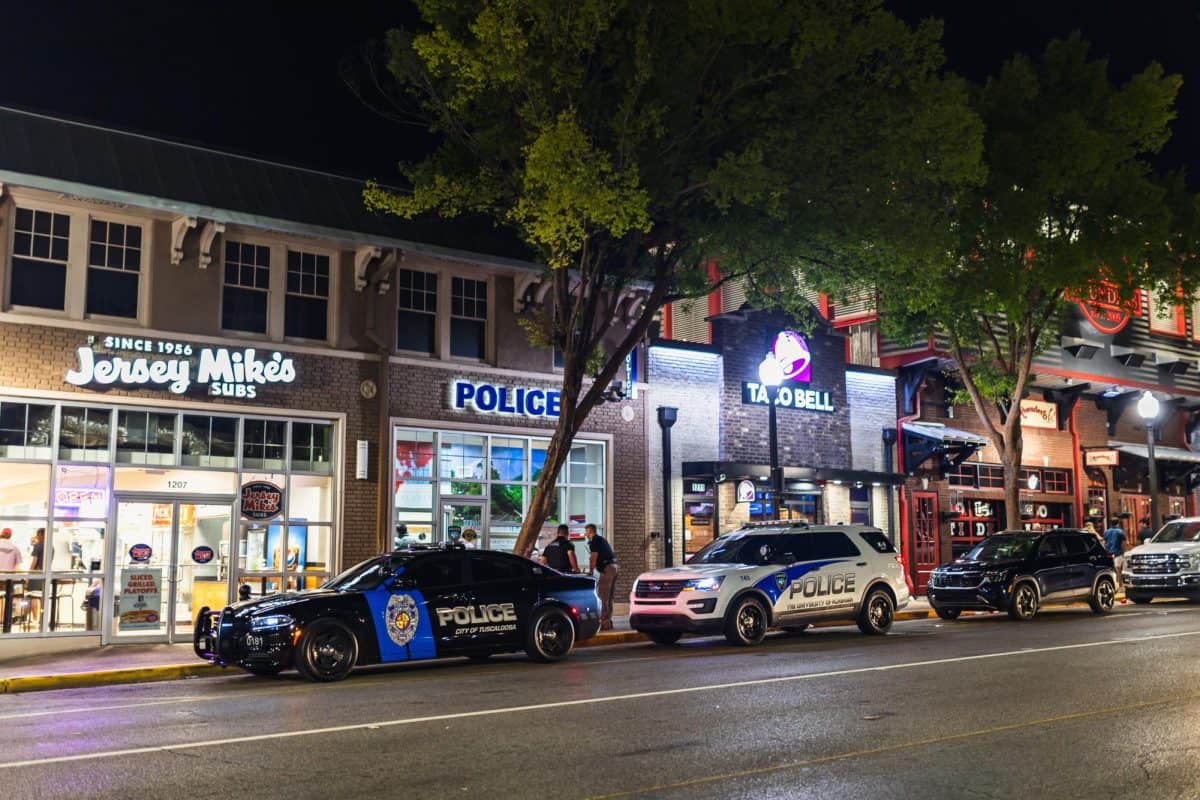Fentanyl overdose is the No. 1 cause of death for U.S. citizens ages 18-45. Student organizations like End Overdose and HOSA-Future Health Professionals aim to end the stigma surrounding overdoses and help provide resources like naloxone to students.
Naloxone, an opioid-overdose antidote, has been approved by the Food and Drug Administration to be distributed in two ways: an injectable form and nasal spray.
Narcan is the nasal naloxone spray that gets distributed at events on campus, with each box containing two doses. The Cleveland Clinic offers directions on how to use Narcan, but students, faculty and staff members can go to End Overdose’s monthly training event as well.
Hayden Rutter, a junior majoring in biology and the president and founder of End Overdose, explained the importance of being trained in administering naloxone.
“After five minutes, brain damage starts to occur, so being able to bridge that gap between when the overdose starts for the victim and when the first responders are able to get there is so critical,” Rutter said.
Before giving someone naloxone, one needs to look for the signs of an overdose, which can include pinpoint pupils, unconsciousness, slow breathing, and faint heartbeat. Administering naloxone does not have any effects on someone who doesn’t have any opioids in their system.
The nasal spray is inserted fully into one nostril and sprayed until it is empty. Once one dose is given, start CPR, if certified, and put the person into a recovery position by rolling them on their side and crossing their legs. If the person is still unresponsive after two to three minutes, administer the second dose in the other nostril.
It is important to note that Narcan only works for 30 to 90 minutes after an overdose and that multiple doses of Narcan may be required, according to the Cleveland Clinic.
Rutter said that fentanyl is often the main contributor to an opioid overdose, which is why fentanyl testing strips are also offered at End Overdose events.
Tyler Zuspann, a junior majoring in finance management and the vice president of End Overdose, said that about 40% of opioid overdose deaths could have been avoided.
Together, Rutter and Zuspann have been able to train over 3,000 students with the help of the UA Police Department.
“UAPD has been a great resource to have. We love having them come in with us, especially because they’re able to explain the legality side of the Good Samaritan Law as well as the University’s medical assistance policy to greater depths than we can,” Zuspann said.
The Good Samaritan Law encourages people to report an overdose by providing protection from misdemeanor-controlled substances offenses. However, certain procedures must be followed in order to qualify for this protection.
“In 2022, UAPD responded to two overdose calls resulting in officers administering Narcan on one of those calls. This year, UAPD has responded to three overdose calls resulting in officers administering Narcan on one of those calls,” Shane Dorrill, the director of communications in the University’s public safety department, wrote in an email.
Dorrill wrote that no one should be afraid to call for help if they see someone who is possibly overdosing. He pointed to the University’s medical emergency assistance policy to find additional information on how the University handles overdoses.
“It’s really awesome to see the impact that we’ve made on campus, especially this year. A lot more people know about us and know about the issue of overdose,” Rutter said.
John Duclos, a sophomore majoring in biology and RA at John England Jr. Hall, attended an End Overdose event and said that his knowledge on overdoses and fentanyl was limited beforehand.
“I think residents really do need to be here for this training in case their friend or someone they know happens to have an overdose,” Duclos said.
Also working on overdose prevention is the UA chapter of HOSA, a national organization that aims to connect and help students going into health care.
“I think the trainings are important for general education and getting rid of the stigma surrounding Narcan,” said Andrew Sheridan, the president of the UA chapter.
Both Sheridan and Meagan Copeland, HOSA’s community engagement director at the University, agreed with Rutter and Zuspann, saying that people often don’t realize that the substance they are taking is laced with fentanyl, and that students should be aware of what they are taking.
“I think that being a part of a group of people who can give Narcan to people and can train them how to use it, how to save lives, is super cool,” Copeland said.



